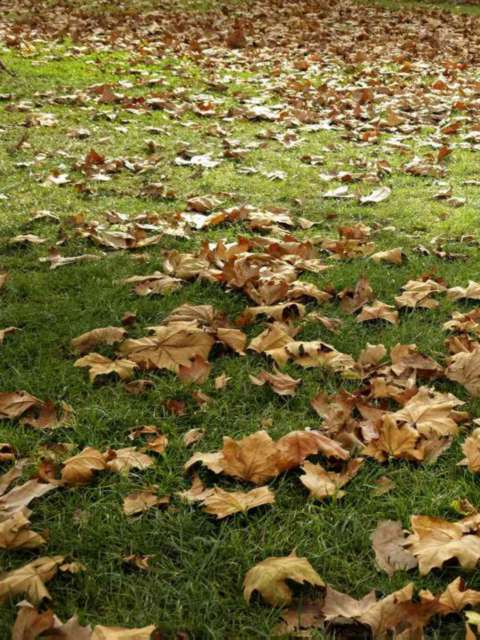
In the season of autumn, when the trees shed their leaves, many homeowners find themselves faced with the annual challenge of dealing with fallen leaves. Properly managing and disposing of leaves is not only essential for maintaining the aesthetic appeal of your property but also for environmental reasons. In this comprehensive guide, we will walk you through the best practices for handling fallen leaves, offering valuable insights that will help you maintain a pristine landscape.
Effective leaf management is not just about tidiness; it's about preserving the health of your lawn and garden. Leaving a thick layer of fallen leaves on your grass can lead to several problems, such as:
Lawn Suffocation: Thick layers of leaves can smother your grass, preventing sunlight, air, and water from reaching the soil beneath. This can result in dead patches and a weaker, less vibrant lawn.
Pest and Disease Habitat: Piles of leaves create a cozy habitat for pests and diseases that can damage your plants and lawn. Moist, dark environments under leaves are perfect breeding grounds for unwanted visitors.
Mold and Mildew Growth: Leaves that remain wet for extended periods can foster mold and mildew growth, which can further harm your plants and create health hazards.
Raking is the most traditional and effective method for collecting fallen leaves. To ensure you do it right, follow these steps:
Leaf mulching is an eco-friendly option that benefits your lawn and garden in several ways:
Nutrient Recycling: Mulched leaves break down over time, returning essential nutrients to the soil.
Weed Suppression: A layer of mulched leaves acts as a natural weed barrier, reducing the need for synthetic herbicides.
Soil Enrichment: Mulch improves soil structure, aeration, and water retention.
To get started with leaf mulching:
Leaf vacuums are a time-saving alternative to traditional raking and bagging. Follow these steps for effective leaf vacuuming:
Composting is an environmentally responsible way to dispose of leaves while creating valuable organic matter for your garden. Here's how to do it:
Effective leaf management not only contributes to a beautiful landscape but also benefits the environment. Here's how:
Reduced Landfill Waste: Raking and bagging leaves contribute to landfill waste. Composting or mulching diverts this organic material from landfills, reducing environmental impact.
Healthier Ecosystem: Leaf mulch enriches the soil, supporting a healthier ecosystem in your yard. It promotes biodiversity and attracts beneficial insects.
Conservation of Resources: Using leaves as mulch or compost reduces the need for synthetic fertilizers, saving resources and reducing chemical runoff.
In conclusion, mastering the art of leaf management is key to a pristine landscape and a thriving environment. Whether you choose to rake, mulch, vacuum, or compost your fallen leaves, each method has its benefits. By following our step-by-step guide, you can maintain your property while minimizing environmental impact. A well-maintained garden is not only a source of pride but also a testament to your commitment to responsible land management.
By implementing these leaf management practices, you'll not only improve your garden but also reduce your environmental footprint, making a positive impact on your community and the planet.
One Stop Lawn Care
Spring Starter Lawn Treatment
Get the season off to a great start.
More DetailsEarly Summer Lawn Treatment
Green and strong all summer long.
More Details